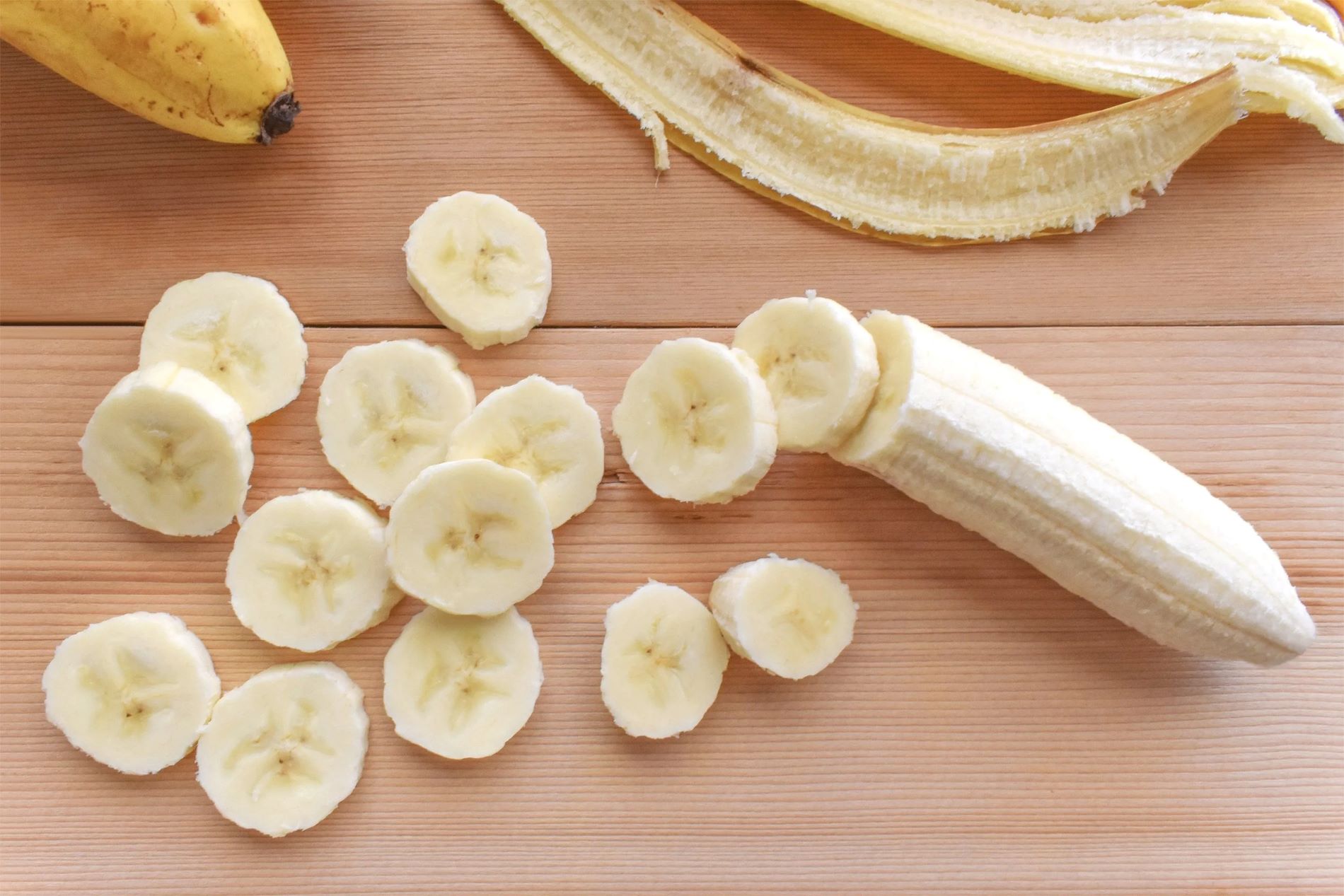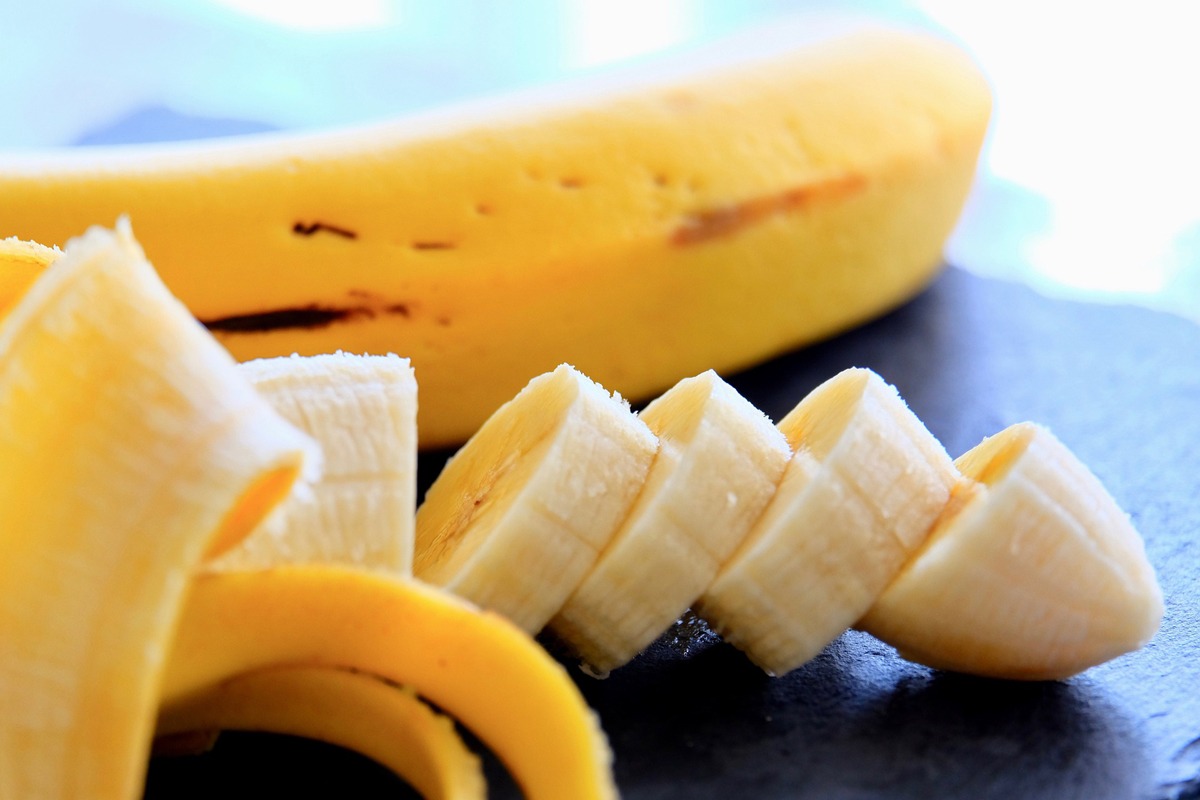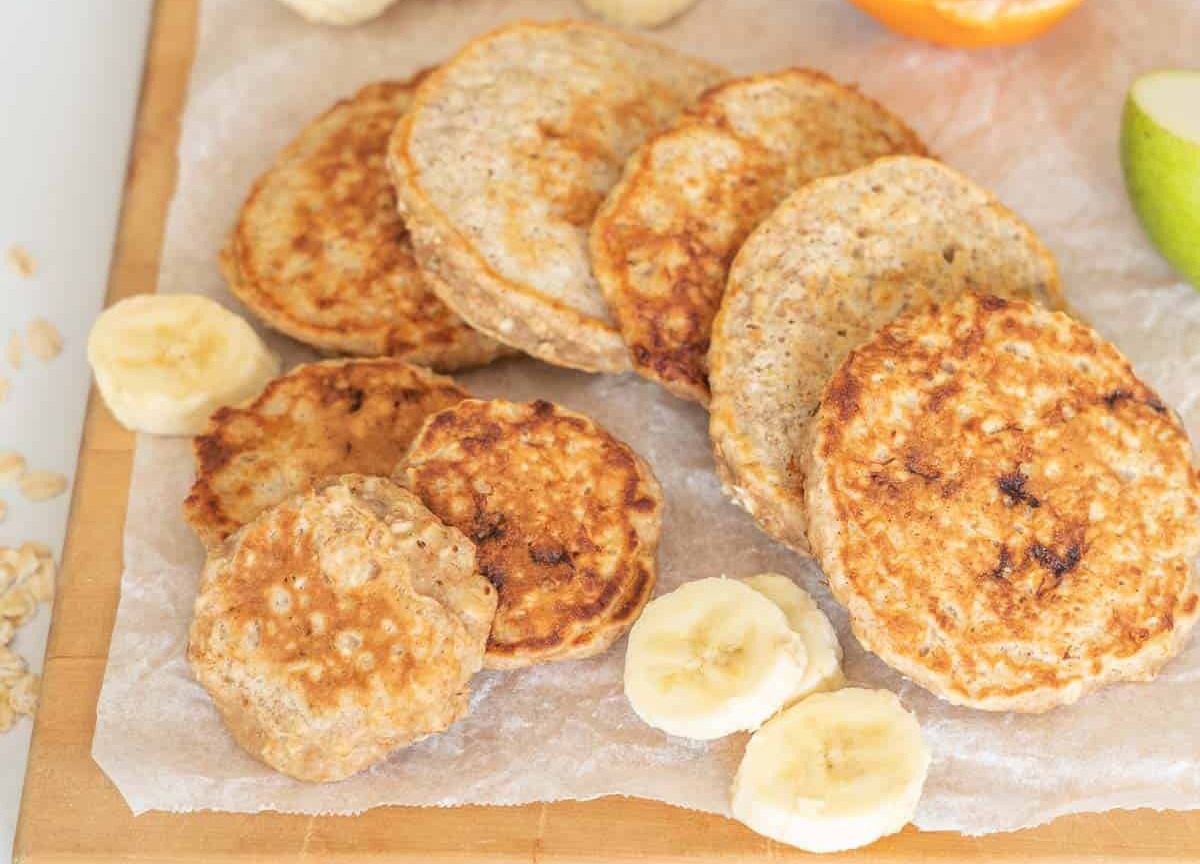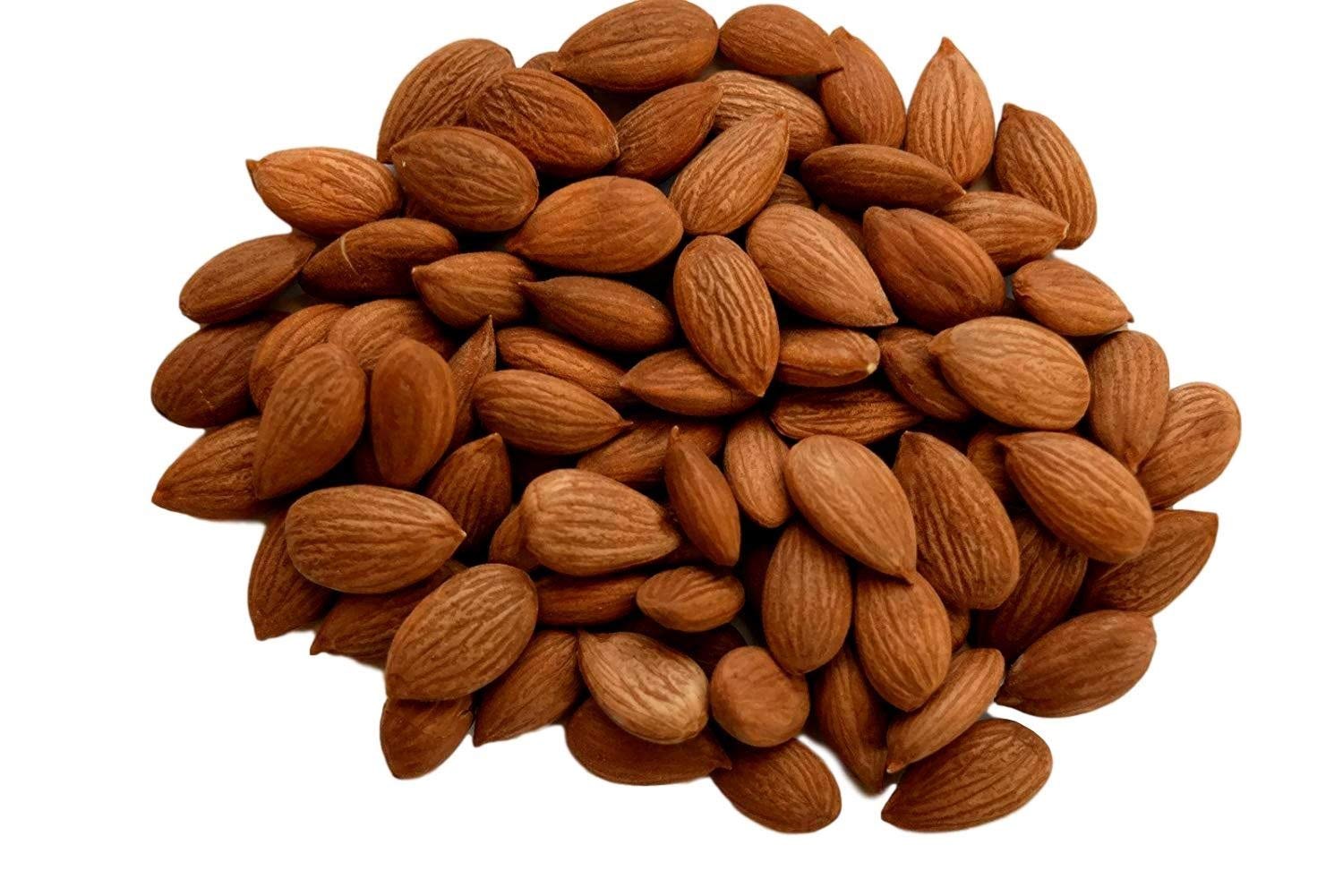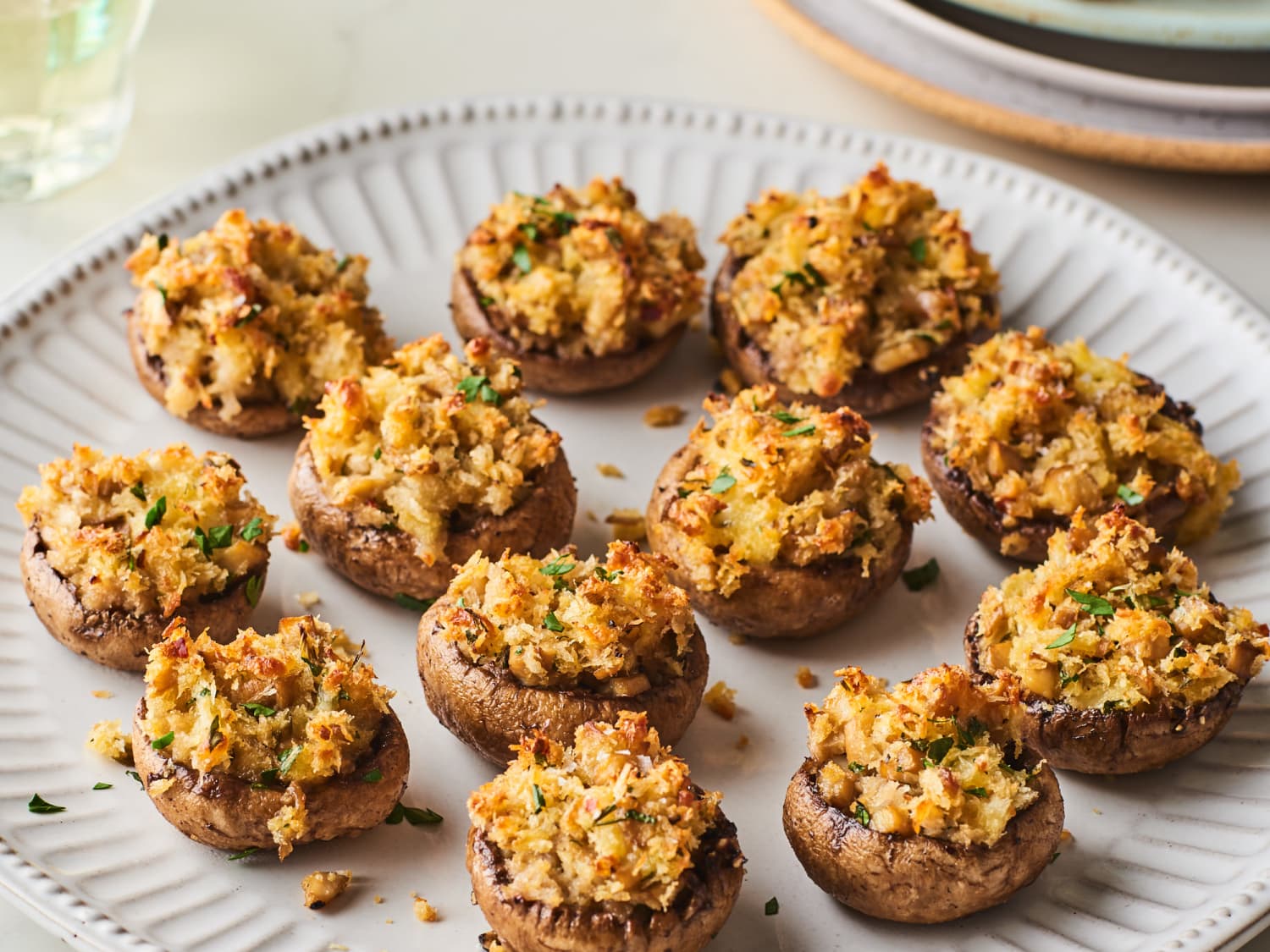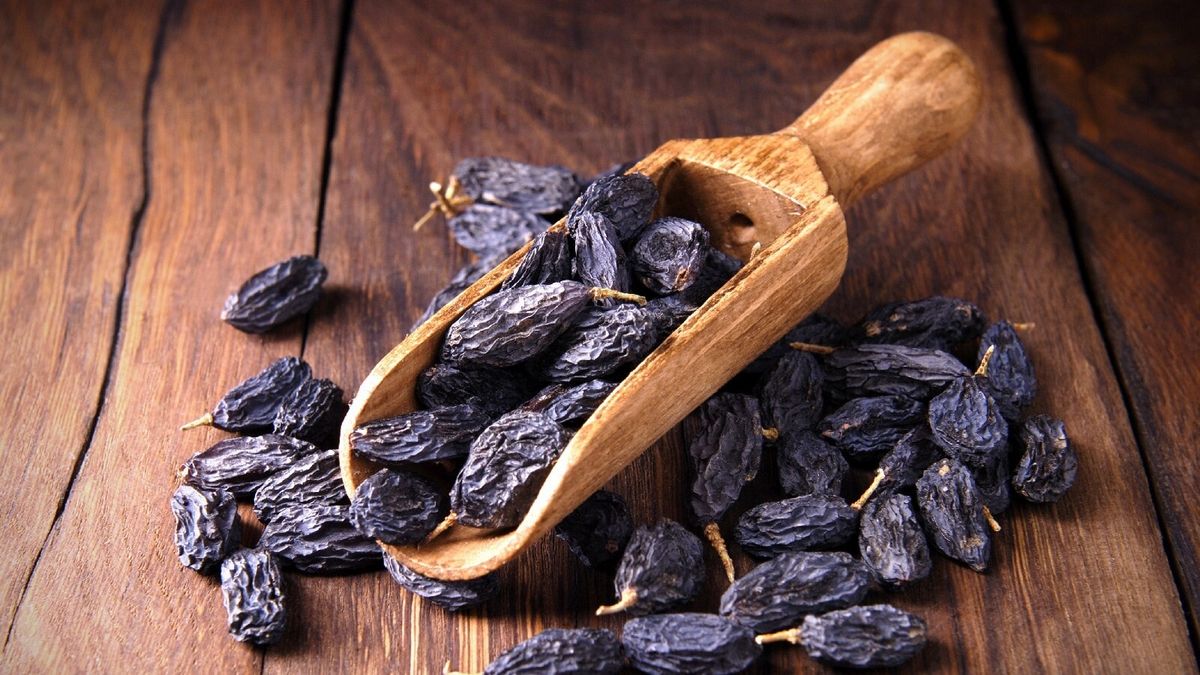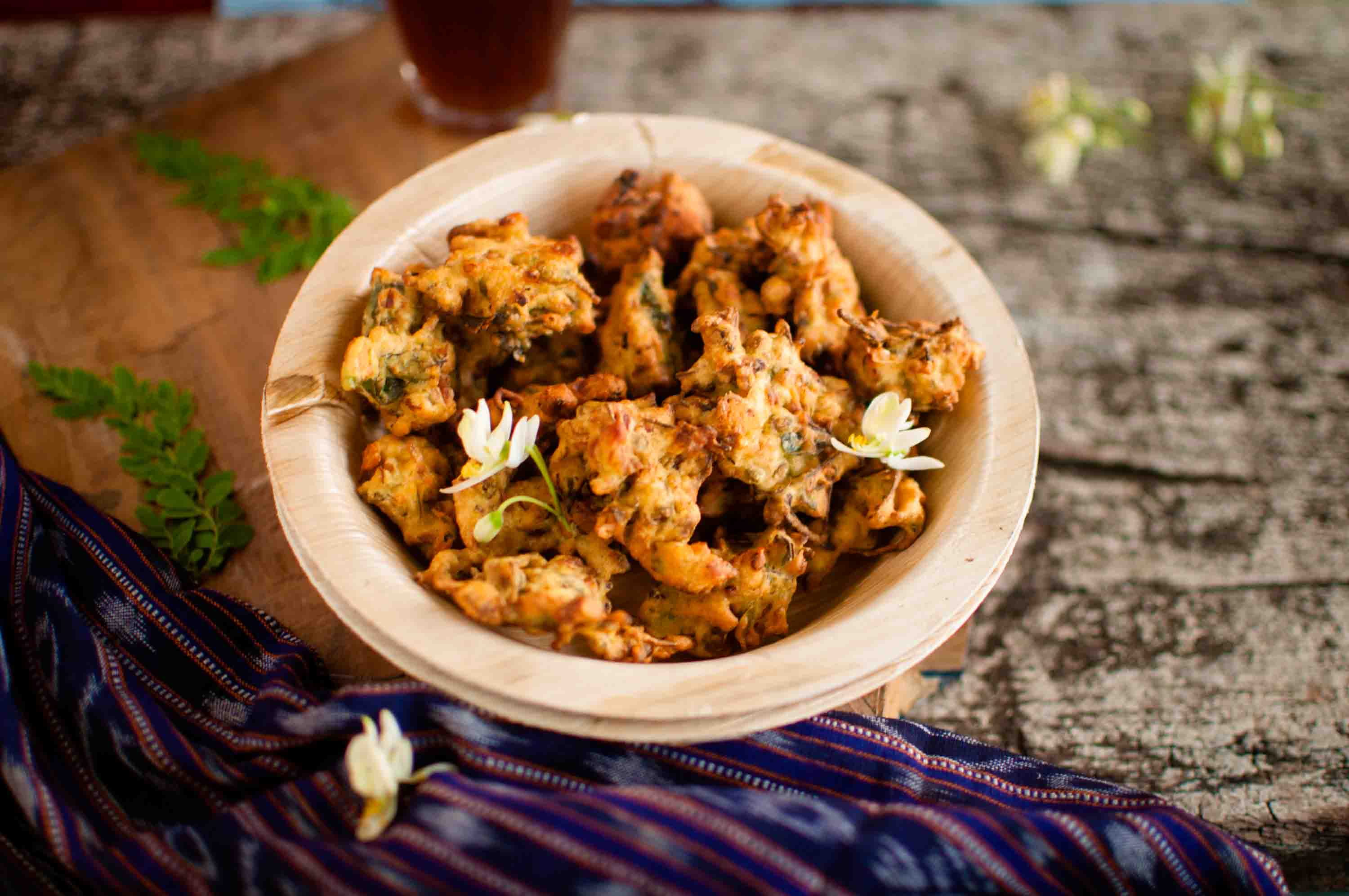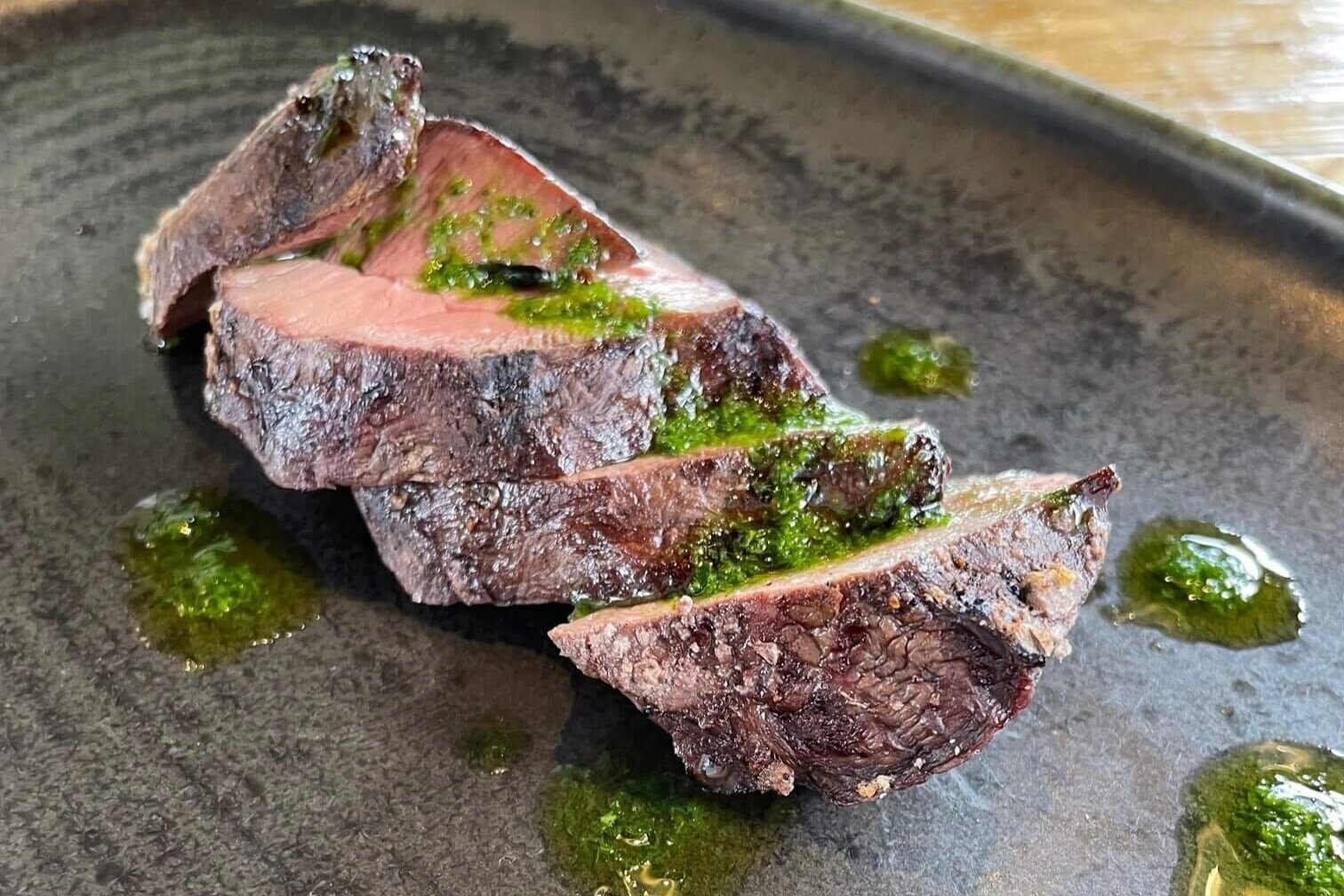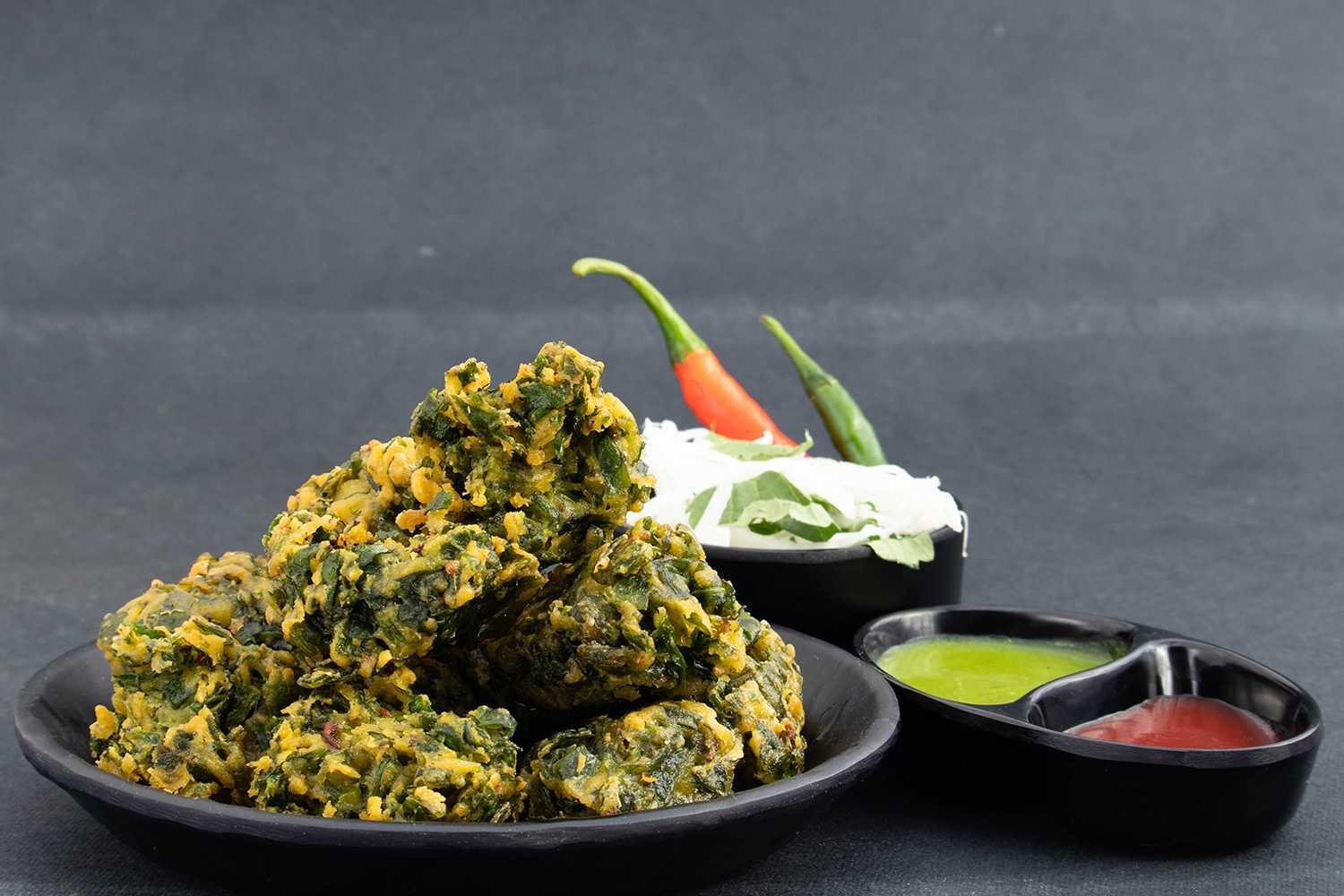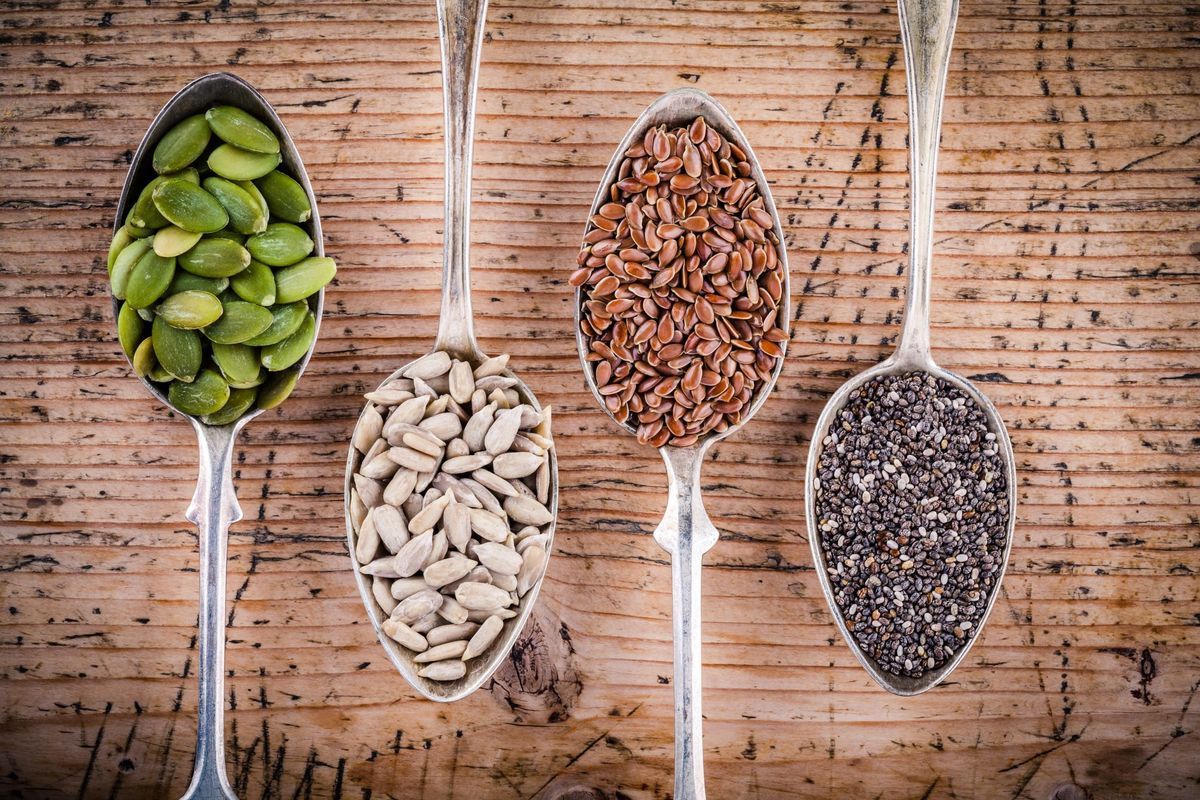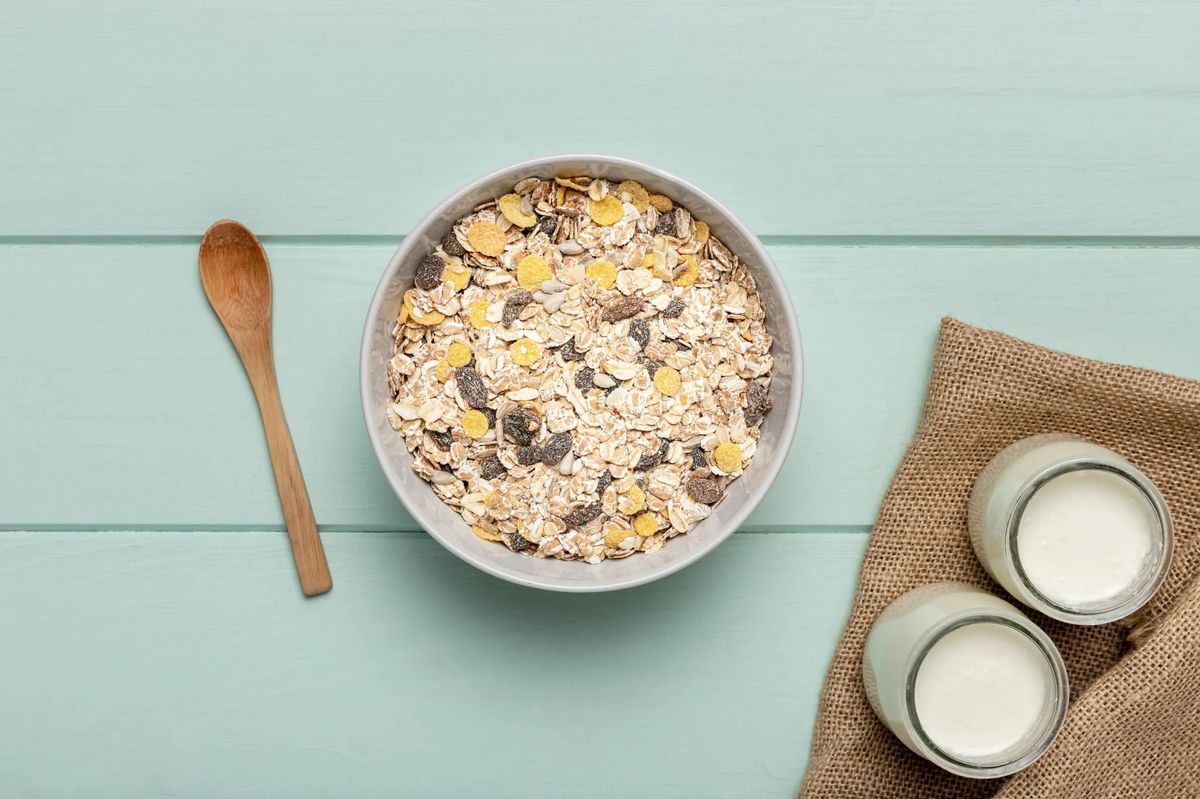How to Successfully Follow a No-Carb Diet for a Month
Embarking on a no-carb diet for a month can be a challenging yet rewarding experience. By eliminating carbohydrates from your diet, you can jumpstart weight loss, improve energy levels, and regulate blood sugar. However, it’s important to approach this dietary change with careful planning and consideration. Here are some tips to help you successfully navigate a month without carbs:
Understand What No-Carb Means
When committing to a no-carb diet, it’s essential to understand which foods to avoid. Carbohydrates are commonly found in grains, starchy vegetables, fruits, and sugary snacks. Instead, focus on consuming protein-rich foods, healthy fats, and non-starchy vegetables.
Plan Your Meals
Meal planning is crucial when following a no-carb diet. Create a weekly menu that includes a variety of protein sources such as chicken, fish, and tofu, along with plenty of leafy greens and low-carb vegetables. Having a well-thought-out meal plan can help you stay on track and avoid reaching for carb-laden convenience foods.
Stock Up on No-Carb Essentials
Before starting your no-carb journey, make sure your kitchen is stocked with no-carb essentials. This may include eggs, avocados, olive oil, nuts, seeds, and sugar-free condiments. Having these items on hand will make it easier to stick to your no-carb plan without feeling deprived.
Explore No-Carb Recipes
There are countless delicious recipes that are free from carbs. From zucchini noodles with pesto to cauliflower crust pizza, the options are endless. Get creative in the kitchen and experiment with new no-carb recipes to keep your meals exciting and satisfying.
Stay Hydrated
Drinking plenty of water is important for overall health, but it can also help curb cravings and keep you feeling full while on a no-carb diet. Aim to drink at least eight glasses of water per day, and consider incorporating herbal teas and sparkling water for variety.
Monitor Your Progress
Throughout the month, pay attention to how your body responds to the no-carb diet. Keep track of your energy levels, mood, and any changes in weight or body composition. This can help you assess the impact of the diet and make adjustments as needed.
Seek Support
Embarking on a dietary change can be easier with the support of others. Consider joining online communities or forums where you can connect with individuals who are also following a no-carb diet. Sharing experiences and tips can provide valuable encouragement and motivation.
Conclusion
Following a no-carb diet for a month can be a transformative experience, but it requires careful planning and dedication. By understanding which foods to avoid, planning your meals, stocking up on essentials, exploring new recipes, staying hydrated, monitoring your progress, and seeking support, you can successfully navigate a month without carbs and reap the potential benefits for your health and well-being.
